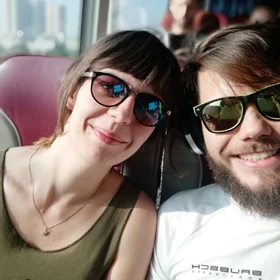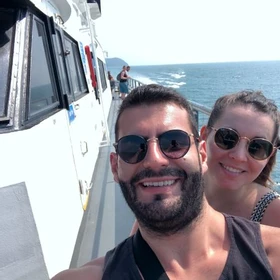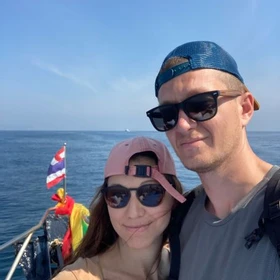Hanoi to Phong Nha - Ke Bang National Park Trip Overview
Distance 381 km (238.1 miles) | |
Price range US$ 14-US$ 230 | |
Ride Duration Range 1h-11h | |
Earliest Departure 18:00 | |
Latest Departure 23:00 | |
Most Popular Operator |
Find up-to-date information on departure times, schedules, and prices so you can easily compare and book your tickets.
Taking a bus from Hanoi to Phong Nha - Ke Bang National Park
Fastest bus: 8h 50m
Cheapest bus: US$ 14
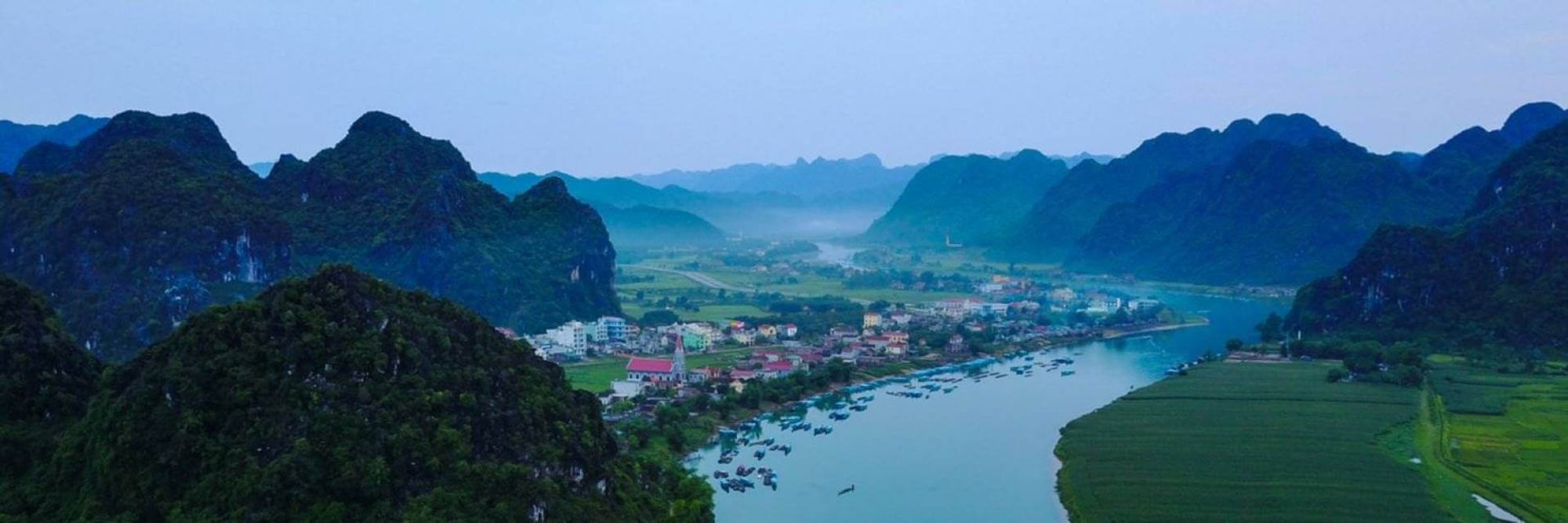
About the ride from Hanoi to Phong Nha Ke Bang National Park
Until pretty recently, few tourists would take the trip from Hanoi to Phong Nha Ke Bang National Park. Only a few years ago, this area was largely untouched, and way off the radar of most Vietnam travelers’ itineraries.
But now, traveling from Hanoi to Phong Nha Ke Bang National Park is becoming a very popular choice for many of Vietnam’s visitors. A cave explorer’s dream, the park features jagged karst mountains which are the oldest of their type in Asia. One of Southeast Asia’s most incredible natural wonders, the park is an idyllic slice of rock-covered hole-hunting heaven for anyone who likes to explore the outdoors.
Close to the Laotian border, this area is one of central Vietnam’s up-and-coming destinations. Soon, hundreds of travelers will be taking the trip to Phong Nha Ke Bang National Park from Hanoi each day. Do it yourself before it gets too busy.
The perfect antidote to the madcap chaos of Hanoi’s bustling streets, Phong Nha Ke Bang National Park might just be Vietnam’s final hidden paradise.
If you want to take the 496km (308 mile) journey from Hanoi to Phong Nha Ke Bang National Park, taking the bus is your only option. All of these bus journeys are overnight jaunts in sleeper buses, leaving in the early evening and arriving in the early morning.
Because of the schedule of these journeys, you will spend most of your trip sleeping and slumbering on your bus. That said, the first section of your journey takes you through the exciting streets of Hanoi - and if you're lucky enough to arrive in the park as the sun is rising, this can be a unforgettable way to become acquainted with the park’s towering peaks and verdant views.
Because there’s only one way to tackle the journey from Hanoi to Phong Nha Ke Bang National Park, you don’t have the hassle of choosing between transport options. Instead, you simply get on the bus, catch as much sleep as you can, and rise early, ready to throw yourself the excitement that lies within Vietnam’s best emerging destination.
What to see when traveling from Hanoi to Phong Nha Ke Bang National Park
Because much of your journey to Phong Nha Ke Bang National Park from Hanoi takes place during the night, you won't see much on your trip. While this isn't ideal for those seeking peak-filled panoramas, it does mean that you save money on one night’s accommodation.
The first part of your journey to Phong Nha Ke Bang National Park from Hanoi will involve your bus tackling the narrow lanes of Hanoi's chaotic and crazy roads. Surrounded by honking horns, revving engines and the comings and goings of Hanoi's non-stop residents, your bus will soon leave behind the madness of Vietnam's capital city in its journey towards much more peaceful places.
You will likely arrive at the park before sunrise, but if you are lucky enough to watch the sun emerge over the park’s stunning caves and karsts, it's the perfect introduction to the region’s bold beauty.
Your bus will take you to one of the area’s accommodation options, so you don’t have to stress over finding your hostel in the early hours of rural Vietnam’s dark mornings.
How to get from Hanoi to Phong Nha Ke Bang National Park
Taking a bus
Though buses from Hanoi to Phong Nha Ke Bang National Park are pretty basic and cheap, they’re also fairly comfortable and well-serviced. All offer AC, blankets and comfortable seats, and some also have snacks, WiFi, English-speaking staff and toilets.
The buses without toilets will stop for toilet breaks along the way.
For the specific amenities offered by each individual journey, you should check each listing - but all buses offer a great place to get some convenient shut-eye while you’re making your way towards the park.
The best thing about the bus journey from Hanoi to Phong Nha Ke Bang National Park is the mega-early arrival time. Because you’ll likely arrive into Phong Nha Ke Bang National Park before the sun rises, you’ll have the entire day to explore, giving you almost endless opportunities to enjoy the area’s caves, underground rivers, ziplining, swimming and kayaking.
In one of Southeast Asia’s last bastions of authentic exploration, you’ll want all the time you can get.
Companies Operating from Hanoi to Phong Nha - Ke Bang National Park
Popular stations and stops in Hanoi and Phong Nha - Ke Bang National Park
Departure stations in Hanoi
Arrival stations in Phong Nha - Ke Bang National Park
Related blog posts

Step underground into the world’s largest cave: Hang Son Doong
Fitting a whole New York City block and a weather system that creates its own clouds, Hang Son Doong is truly a spectacular underground world.
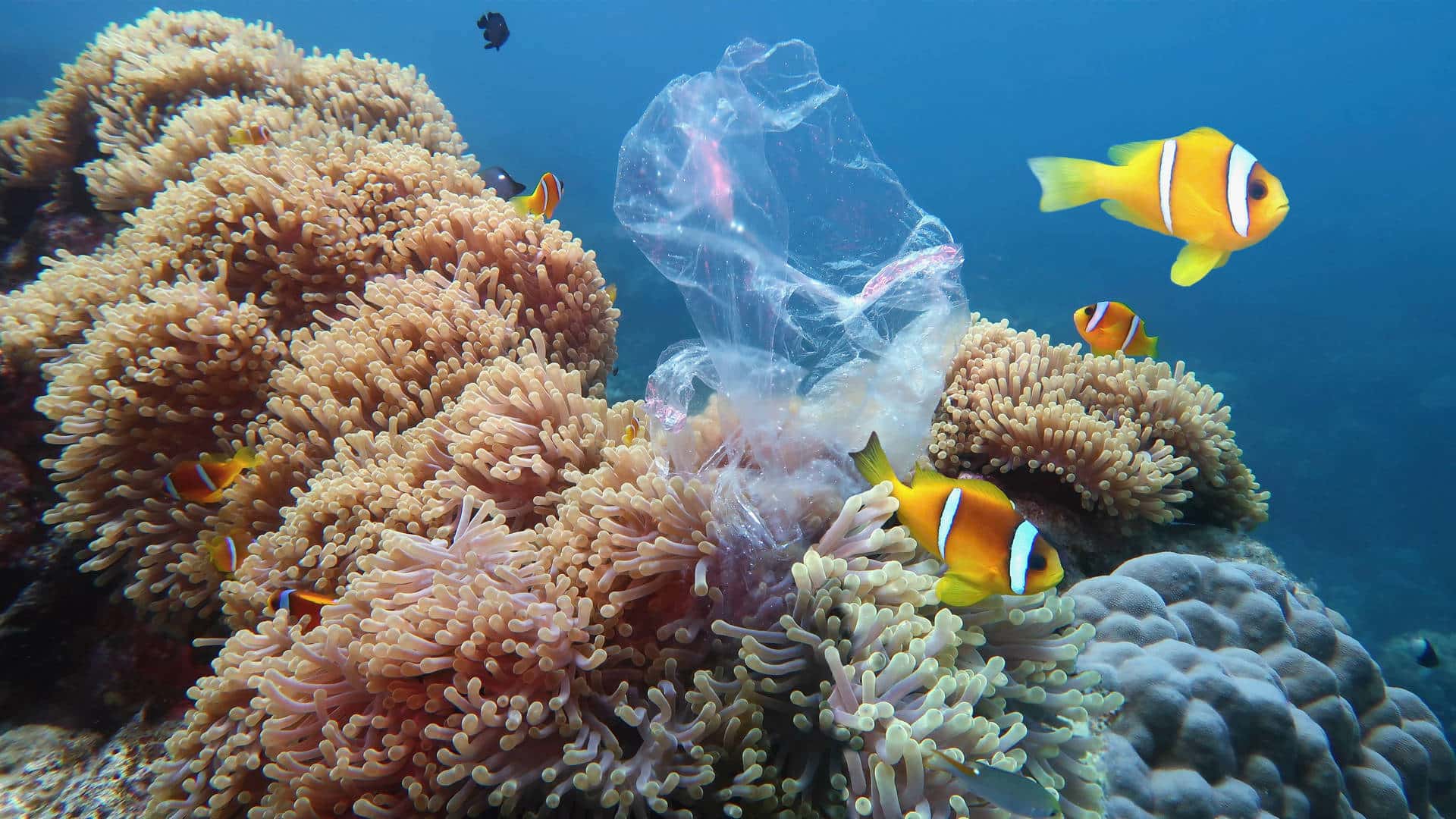
Why we should care about single-use plastic
The World Economic Forum said that by 2050 there will be more plastic than fish in our oceans. Here are 4 tips on how to use less plastic when traveling.
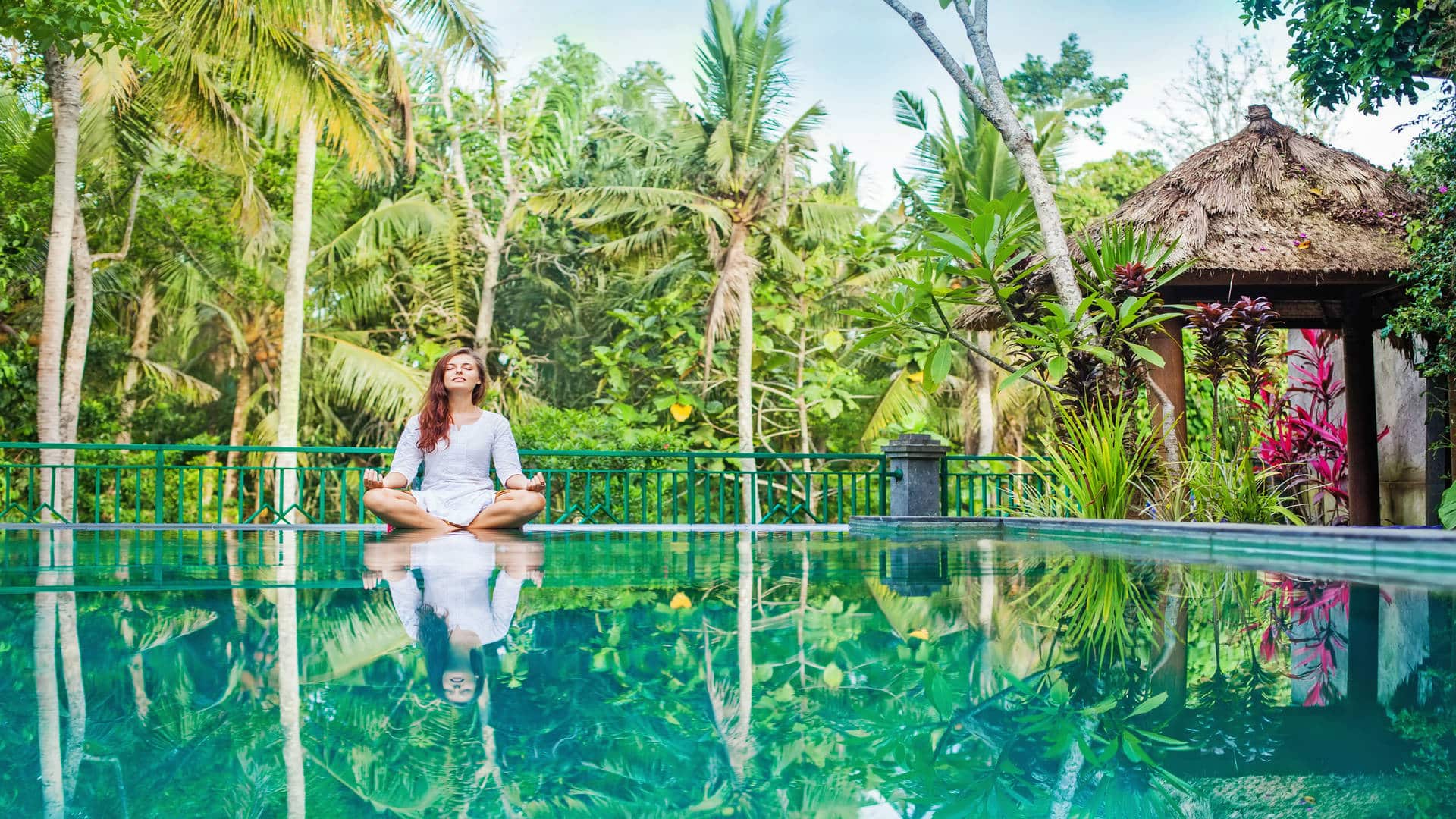
The importance of travel as a tool for self-development
Travel inspires, opens doors, forges connections, changes perspectives and encourages self-development. Grow into the best version of yourself by traveling.
Questions & Answers for Traveling from Hanoi to Phong Nha - Ke Bang National Park
What is the most popular transportation service from Hanoi to Phong Nha - Ke Bang National Park?
What is the distance between Hanoi to Phong Nha - Ke Bang National Park?
What is the fastest transportation service from Hanoi to Phong Nha - Ke Bang National Park?
What is the cheapest transport option from Hanoi and Phong Nha - Ke Bang National Park?
Who are the service providers on this route?
CAR: Taxigo.vn
BUS: Full Moon Party | Green Trips | TBus | Camel Travel
TRAIN: Vietnam Railways | Laman Express | Violette Express Train | NewLivitrans Express
FLIGHT: Vietnam Airlines | VietJet Air
Why travel with Bookaway?
Bookaway.com makes it simple and easy to find, compare, and buy city-to-city tickets via bus, train, ferry, and more. We support over 13 languages and 23 currencies worldwide, and we believe that everyone should easily be able to find and purchase what they are looking for. We don’t just want to help you get where you want to go - we want you to enjoy the ride.
